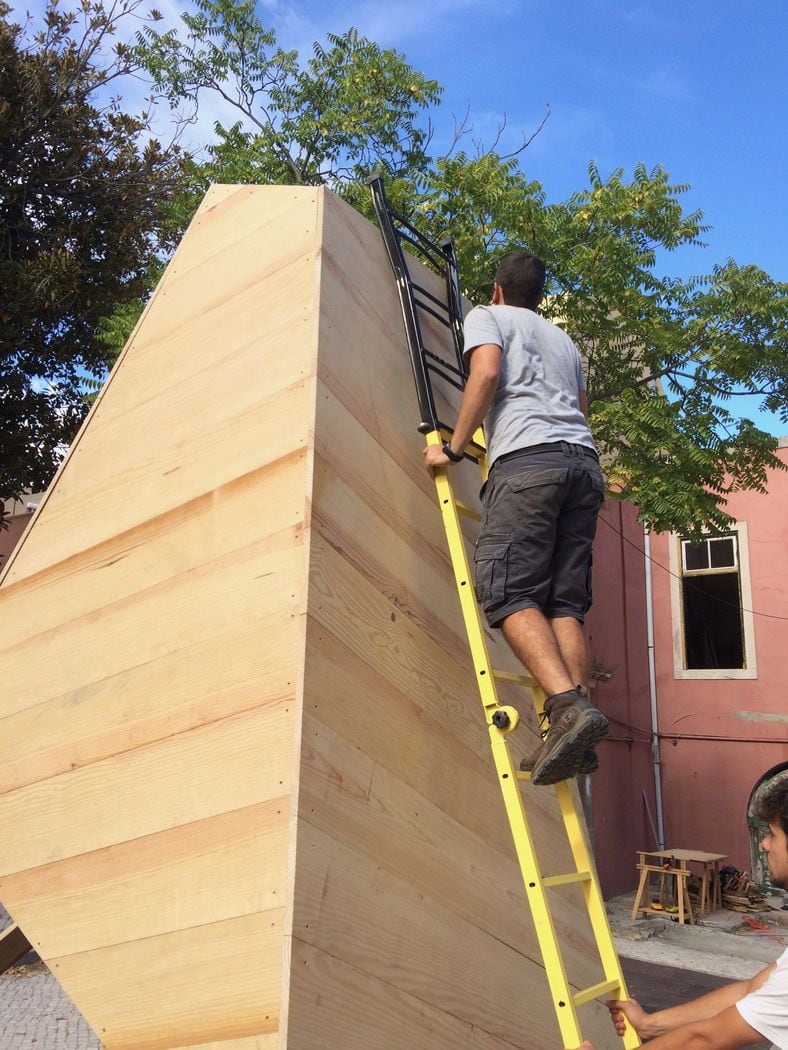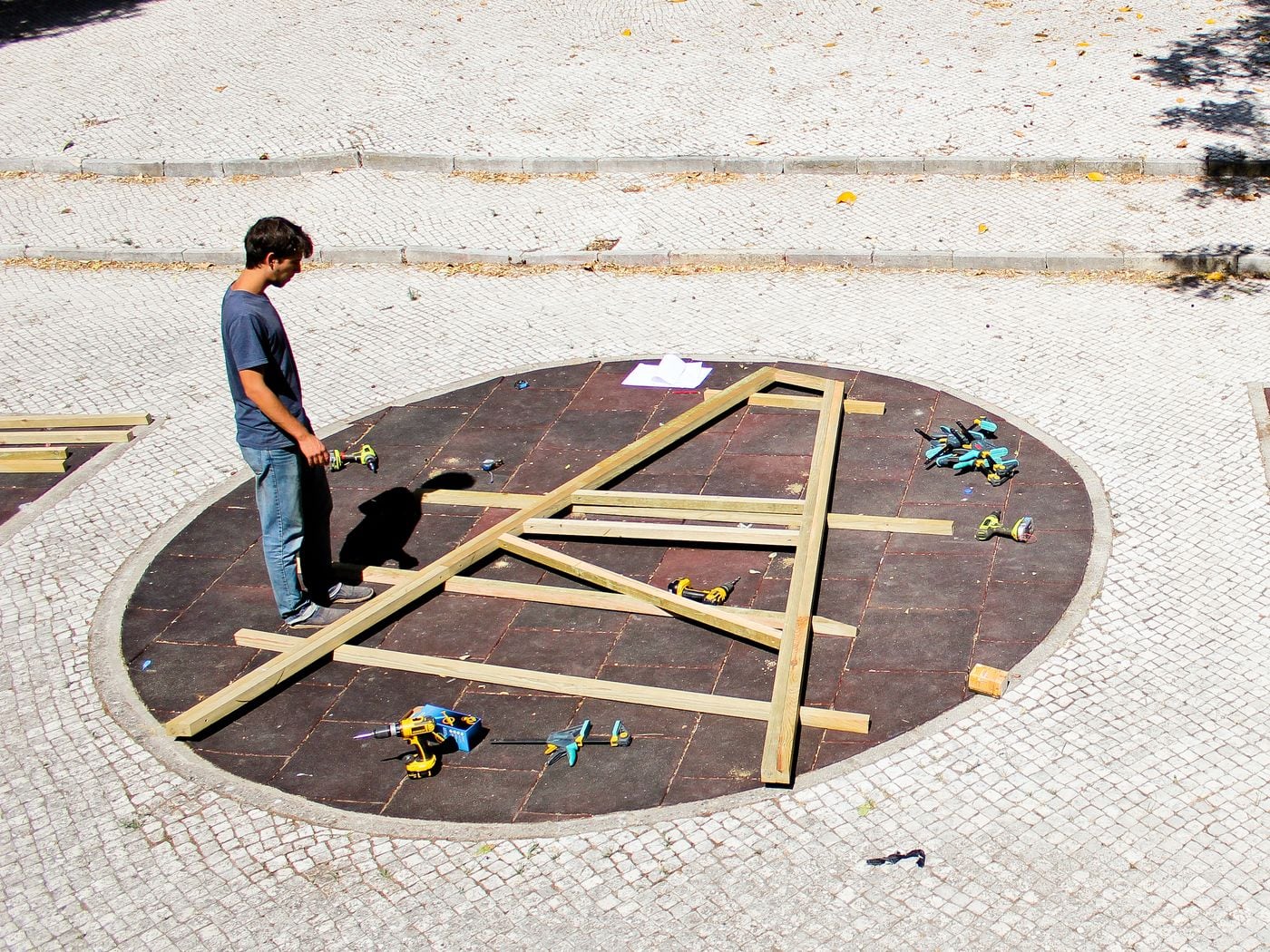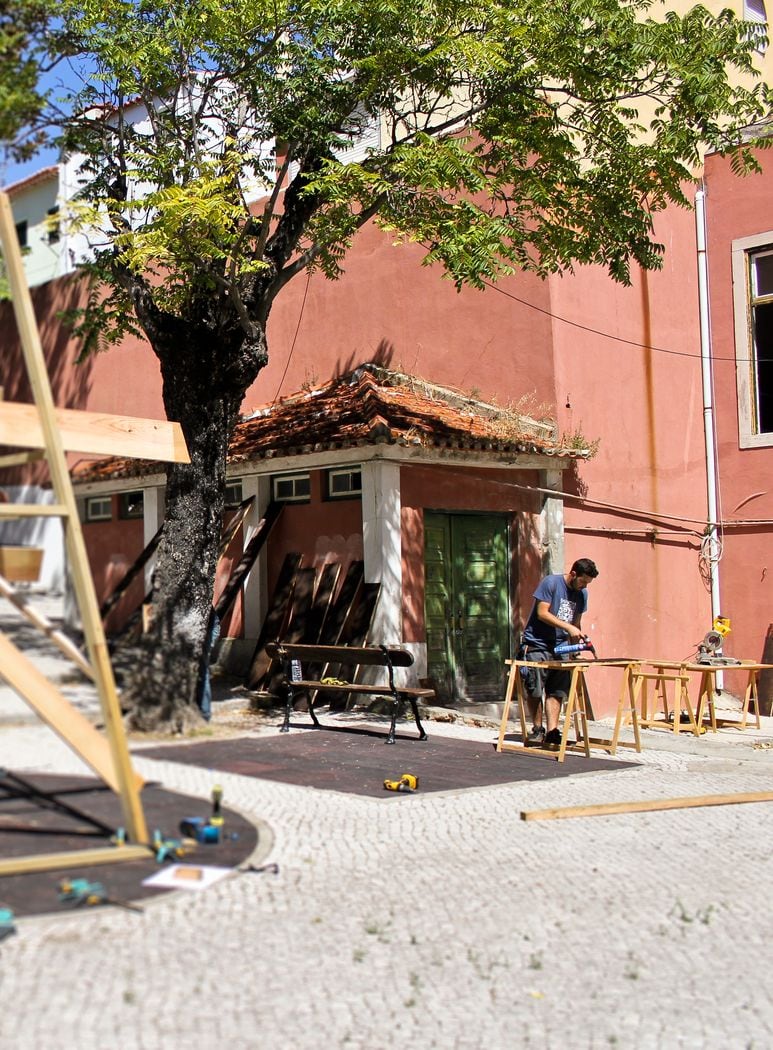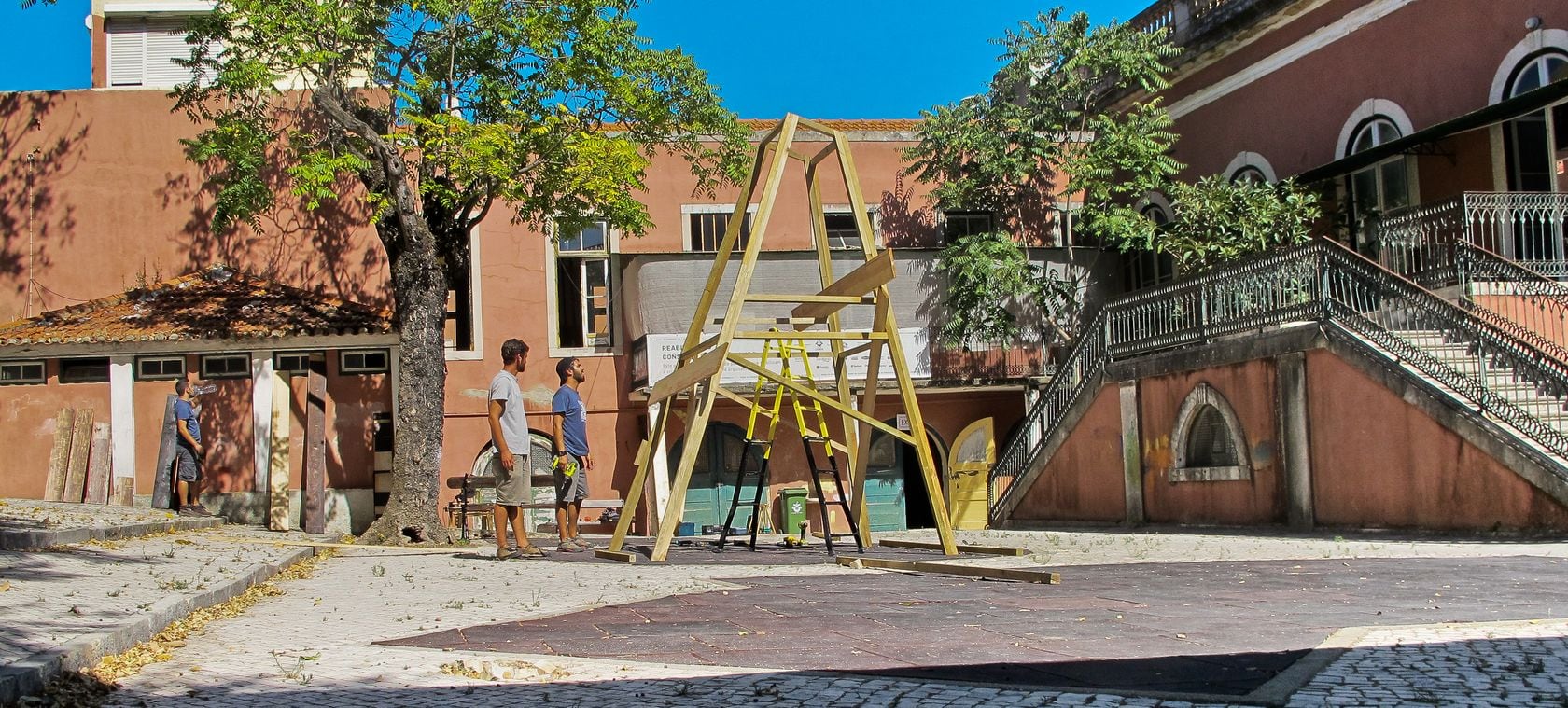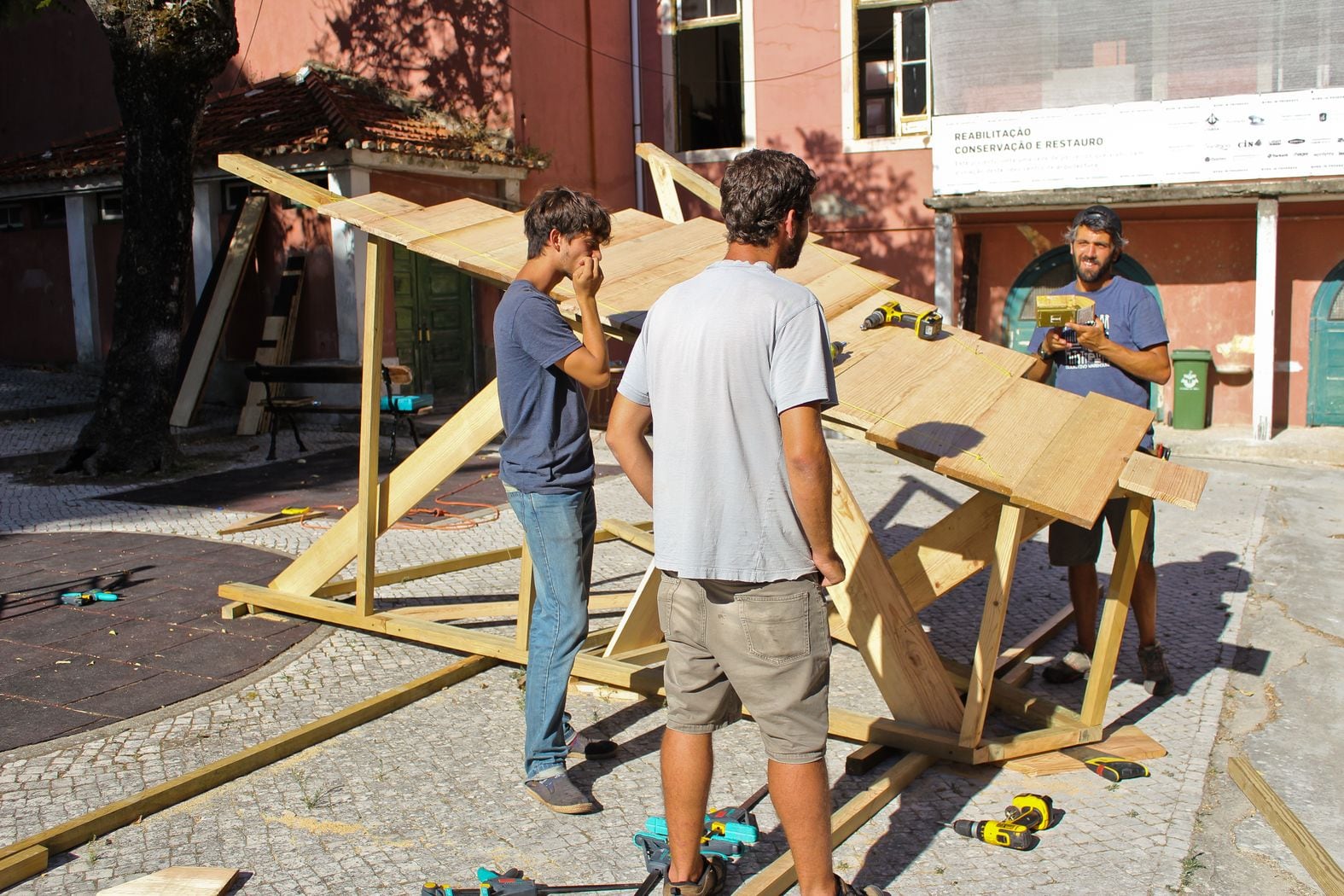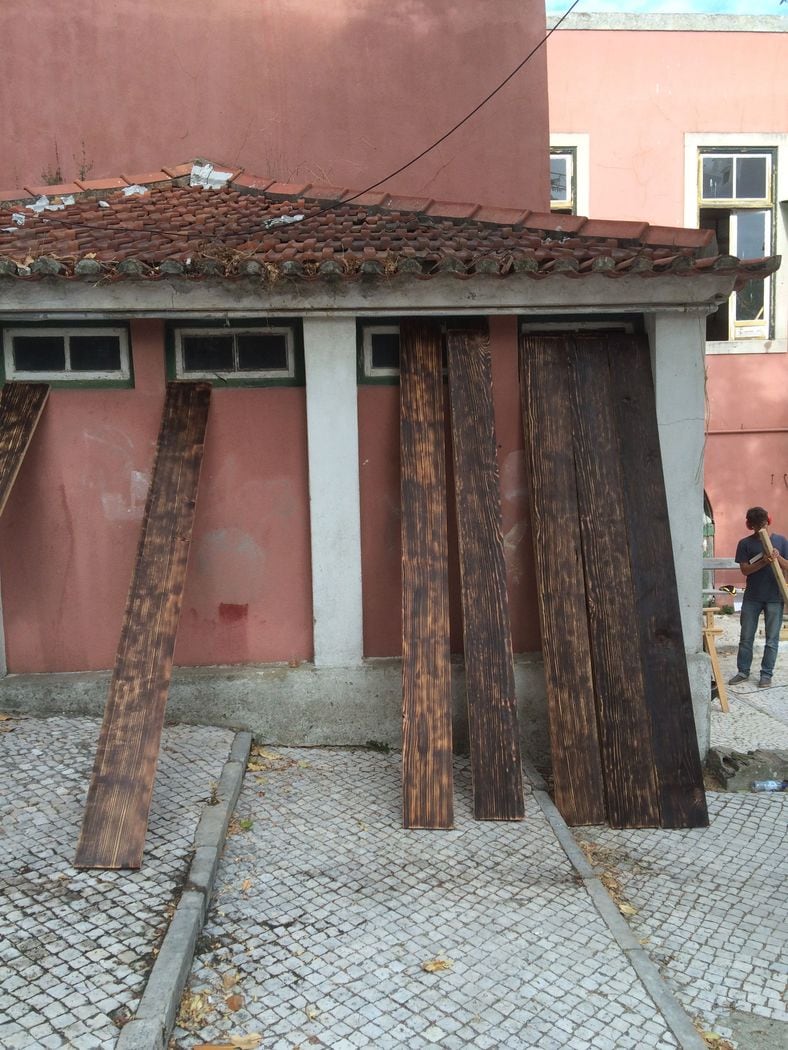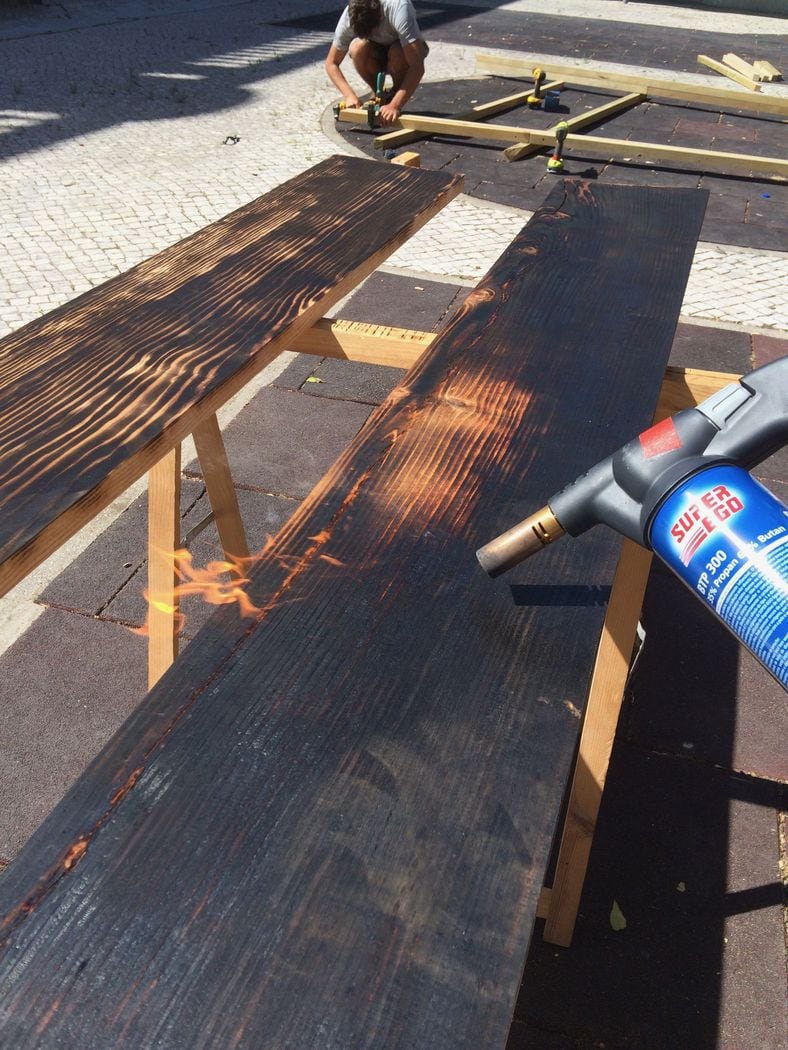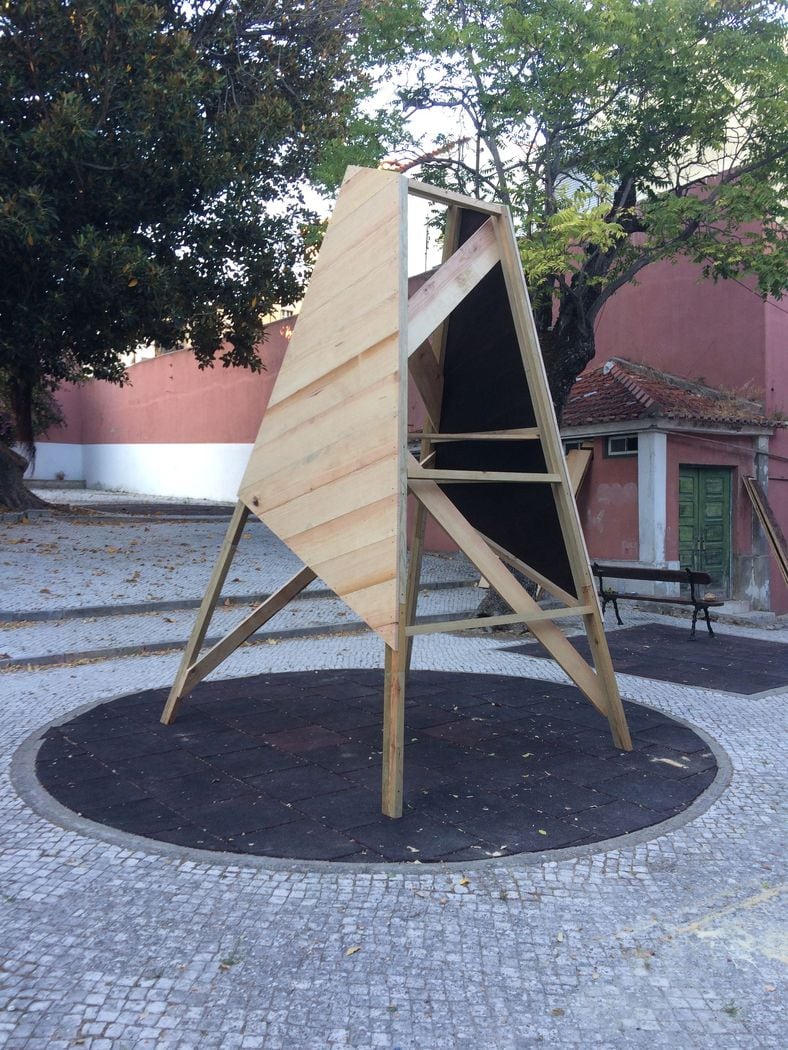The Observatorium is a meeting point for sharing and disseminating emerging methodologies rooted in the collective construction of architectural processes.
The importance of the process from which the final object results outweighs any interest in the object itself and seeks to understand the impact on both the city and its inhabitants.
“This is a breathtaking pace, and such a pace cannot help but create new ills as it dispels old, new ignorance, new problems, new dangers. Surely the opening vistas of space promise high costs and hardships, as well as high reward.”
John F. Kennedy, 12 Setember, 1962
When the United States launched their space programme to put the man on the moon, J.F. Kennedy praised the thrilling times they were living. Today we are also living in an exciting time. Perhaps all generations feel they are going through a period of change, maybe because of the natural irreverence of the young or the conformity of the less young. However, the frenetic click of the mouse, the bustling modern metropolis and the era of hyper-information lead us to feel this sense of change.
“… and such a pace cannot help but create new ills as it dispels old, new ignorance, new problems, new dangers.”
There is a crisis in architecture and the architect’s role is being redefined. We are experiencing a crisis of values, a socio-economic crisis, a restlessness regarding the future. It is not necessarily a prologue of the end of old creeds nor is it total belief in the new ones. New and “old” practices will certainly coexist because it’s a gradual change and a combination of ideas and ideals, theories and practices as multiple facets of the same object. And this (in)finite outer space we share consists of complex galaxies. A nebula of young architects cohabit with shimmering constellations of nova and supernovas stars, black holes and the entire stellar remnant.
‘Social architecture’, ‘temporary architecture’ and ‘urban intervention’ are expressions sometimes used lightly in an attempt to catalogue emerging practices.
Social architecture, for example, is a redundant concept since all architecture is in essence social. We can’t even argue that the name is new because with regard to this topic as we can remit social architecture to the ideological bases of the urban and architectural theories of Le Corbusier in the 20s and to the beginnings of the Modern Movement. Compressing these new architectural practices and putting them under one banner doesn’t seem very clever either since they encounter a range of diverging approaches and conditions, for example, according to the architect, project or context.
Temporary architecture is not consistent with the building process of these projects either because its impact and all the ramifications that result thereof are often not considered. It is only agreed that architectural practices and the architect’s role in them especially is changing.
We observe the growing proximity of the architect and the rest of society as a result of a more active and open approach, which is also associated with the reduction of bureaucratic processes. To this extent, architects also emerge in the urban and social scene as input creators, and become through their practice dynamic tools of the city and social agitators.
Organizational and mediation skills, formerly implicit in the coordination of the specialties and in relation with clients, are now evident in mediating between communities, local government authorities and other social actors, which emphasizes the more participatory and active role of the architect.
The profusion of the initiatives of top-down projects combined with bottom-up projects supported by communities creates a collective process that transfers the organization of firms to architectural collectives. These collectives aim to work with a broader approach of the creative act in a more enriching participatory process.
In this mixed and vibrant nebula cloud where we find ourselves, resolute young architectural collectives and firms emerge and make their way towards a practice that is more focused on active participation and the richness of collective creative processes than on the cult of image and author.
“Surely the opening vistas of space promise high costs and hardships, as well as high reward.”
Team: Warehouse
Partners: Trienal de Arquitectura de Lisboa
With: Rúben Teodoro, Ricardo Morais, Sebastião de Botton, Antoine de Maulmin
Collaborators: Miguel Madrinha

